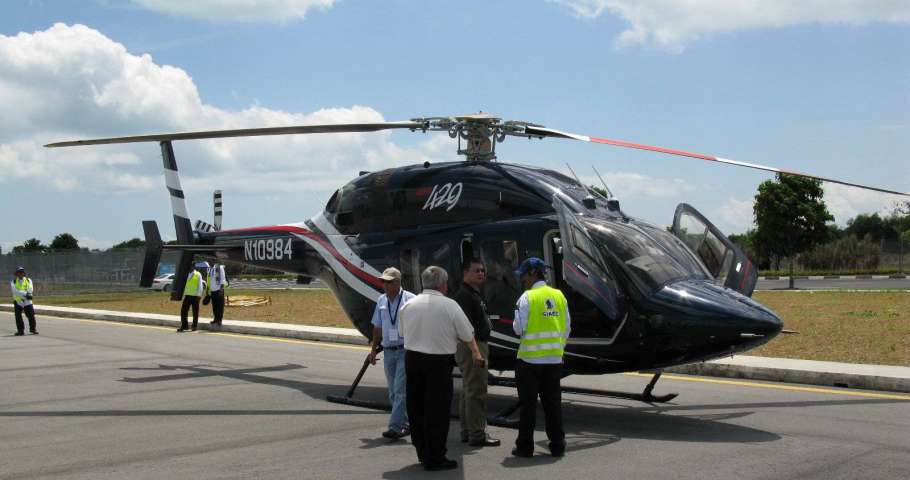Engineers at MIT (Massachusetts Institute of Technology) have developed a technique for forecasting technological advancement. Researchers successfully determined the improvement rates of 28 different technologies, including solar photovoltaic, 3-D printing, fuel-cell technology, and genome sequencing. They started by scanning approximately 500,000 technology related patents using a new method for selecting the patents that suit each technology. By analysing metrics of patents in each domain they found that some forward citations predict technological growth more than others. They devised an equation using those metrics and using the equation, figured out the rate of improvement for 28 technologies. They say their method is significantly less laborious than most traditional forecasting techniques.
Benson and Chris Magee, Professors of the Practice of Engineering Systems at MIT, have published their results in the journal PLoS ONE. The paper contains fundamental findings and equations relating technological improvement to a variety of patent characteristics. Chris Magee, who collaborated with Benson, has been working on the forecasting method since 2003. He has since been trying to find the rate of technological growth by comparing the data with Moore’s Law. In 2010, he realized that one of the best resources on technology lay in the US patent record and decided to utilize the same. The team identified the most relevant patents in a technology domain by literally reading through thousands of patents. In 2012, Magee and Benson came up with the method for identifying relevant patent sets, by choosing patents that overlap between the US and international patent-classification systems.
The team could repeatedly identify same set of patents that represent a technology, within hours rather than months, by looking for overlap between the US and different classification systems. From these relevant set of patents, researchers picked out metrics that denoted a technology’s rate of improvement. They found that average forward citations within the first three years after publication and average date of publication were the metrics that predict technological improvement and devised the equation using them. Then they used their approach to predict the improvement rates of 11 emerging technologies for the next 10 years. According to the results, the fastest-growing domains appear to be online learning and digital representation, while slower technologies include food engineering and nuclear fusion.
Magee hopes the method may be used much like a rating system, similar to Standard & Poor’s and other stock-market indices. “We can help reduce the uncertainty of the capabilities of a technology in the future, not to zero, but to a more manageable number,” Benson says. “I believe that’s valuable in a lot of different ways.” This method should be useful for any organization willing to invest in technology, especially government agencies and firms that are in the technology business.
Source : here
Image Source /Attribution: here (Governed by Creative Commons License CC BY SA 2.0)



